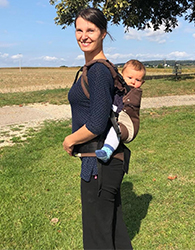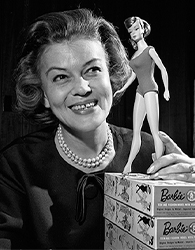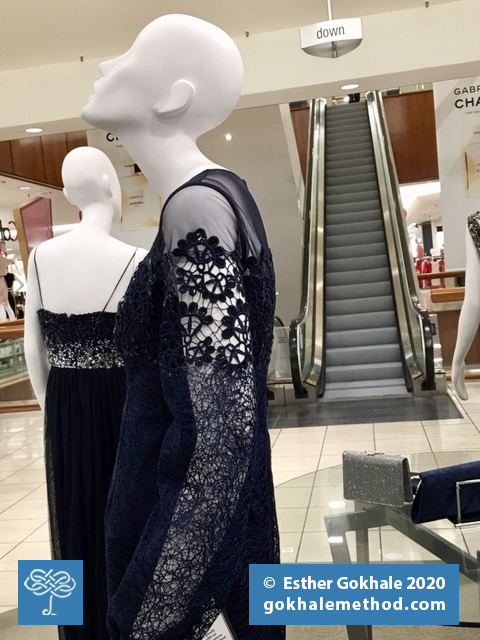As we approach International Women’s Day on March 8, I would like to share a few observations regarding gender and health made over the past three decades of teaching posture.
Does gender affect back pain?
Back pain and the posture distortions behind it are very democratic—people of all ages, activity levels, geographic locations, and gender are affected by cultural postural distortions. That said, some modern posture guidelines and expectations are gender-specific, and some of them affect women disproportionately. We will discuss posture guidelines for men another time. In this post, I’d like to address some of the messaging that is relentlessly addressed towards women and girls, and the consequences of this messaging.
How Barbie and Other Dolls Can Give Us Postural and Personal Inspiration
This summer, with blockbuster success, Barbie is front and center! And yes, I did see the movie. I usually use dolls to talk about our physical characteristics, but their intended function is to teach emotional and social skills such as friendship, parenting, and play. Barbie the movie certainly emphasizes this aspect of the iconic doll in no subtle way!
This blog post looks to dolls for some postural lessons, and also some emotional ones. Research such as a 2017 New Zealand study increasingly shows that posture connects with both our physical and emotional stance, and in our company we have increasingly come to embrace the deep relationship between posture and emotional health. So, over to Barbie, Wonder Woman, and friends. . .
Feet Out or Straight Ahead?
When it comes to foot position, feet parallel is often regarded as the ideal in our present-day culture. Standing with the feet apart, pointing straight ahead, is also seen as the starting point of a normal and healthy gait. Walking then proceeds along two parallel lines, like being on railway tracks.
From a Gokhale Method® perspective, a healthy baseline position for the feet is angled outward 5–15°, or “externally rotated.” Why is there such divergence of opinion—and angle?
Most people learn and then teach feet straight ahead
Feet straight ahead is the model learned and perpetuated by most professionals who are trained in anatomy, whether they are fitness coaches, yoga teachers, Pilates instructors, physical therapists, podiatrists, family physicians, or surgeons. Training regimens, gait analysis, shoe design, and equipment such as elliptical trainers and step machines are also based on this belief.
How (and Why) to Keep Your Neck Tall
Neck pain is extremely widespread. It doesn’t help that most ergonomic furniture is not only unhelpful, but even counterproductive (the Herman Miller Aeron chair won the “cool” race in corporate America, and it’s my least favorite of all). We’re also surrounded by people who model poor (usually slumpy) posture with forward head — and whether we know it or not, it’s in our DNA to mimic what’s around. And last, but not least, our lay and medical experts have adopted a particularly counterproductive set of posture guidelines, including “chin up,” “chest out,” “stand up straight,” do crunches, tuck your pelvis — all of which harm the neck among other parts of the body. How can we learn to prevent neck pain?
Marrying Tradition with Modernity: Sarees and Posture
Aarani silk from Tamil Nadu, Southern India. Aarani, a small town, weaves only silk sarees in 3-plied or 2-plied yarns, making it a lighter silk to wear. The first national flag of independent India hoisted at the Red Fort is rumored to have been woven in Aarani. Stacksitting helps showcase the saree in its full glory.
People who know me well have come to associate me with my posture work, my love for sarees — the traditional Indian unstitched garment — and my frequent travel owing to my management consulting work. This is an accurate perception: I love all these things.
Bhujodi cotton from Gujarat, Western India. Made in a small town near Bhuj, this Khadi fabric is fully made of organic




